Bolivia has 37 official languages.
♦ SOURCE
♺ SHARE
Spanish and Quechua are spoken primarily in the Andes region; Aymara is mainly spoken in the Altiplano around Lake Titicaca, Chiquitano is spoken in the central part of Santa Cruz and Guaraní in the southeast on the border with Paraguay.
The second-largest lake in Bolivia is called Lake Poopo. It's not a freshwater lake.
♦ SOURCE
♺ SHARE
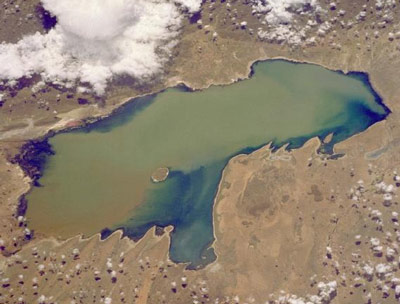
Lake Poopó is salty and shallow, with depths seldom more than four meters.

La Paz, Bolivia, was the first South American city to get an electricity supply. It was powered by llama dung.
♦ SOURCE
♺ SHARE
The process of using manure and dung for an energy source has been around for centuries.
There is a prison in Bolivia where inmates rent their own cells, can live with their families, charge tourists for tours and at one point produced almost all the cocaine in Bolivia.
♦ SOURCE
♺ SHARE
Home to nearly 3,000 inmates, the San Pedro prison is the largest in La Paz.

The main exporter of Brazil nuts is not Brazil. It's Bolivia.
♦ SOURCE
♺ SHARE
Half the world’s Brazil nuts come from Bolivia, with another 40% or so hailing from Brazil and the other 10% from Peru.
Demand for quinoa in Western nations has pushed up prices so much that poorer people in Peru and Bolivia, where quinoa is from, can no longer afford their staple crop.
♦ SOURCE
♺ SHARE
Unusual among grains, quinoa has a high protein content (between 14%-18%), and it contains all those essential amino acids needed for good health. Those qualities drove prices up and now, in Lima for example, quinoa already costs more than chicken.
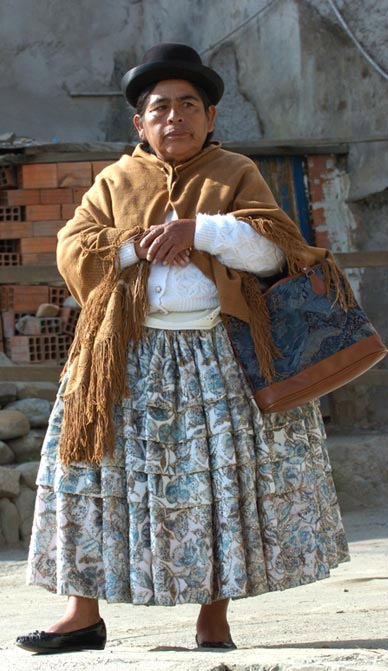
The average women in Bolivia, Indonesia, and Guatemala is short enough to be considered a Dwarf (4'10 or under).
♦ SOURCE
♺ SHARE
A normal dwarf typically measures below 147 cm, and the average height of Bolivian women is 142 cm.
There's a hotel in Bolivia made almost entirely of salt, complete with salt beds and chairs.
♦ SOURCE
♺ SHARE
One million 14-inch blocks of compressed grains were used to build the Palacio de Sal Resort at the edge of the Salar de Uyuni plain. The hotel contains 16 rooms with chairs, tables and beds all made of salt.
Most homes in Bolivia have a dried llama fetus thrown under its foundations for luck.
♦ SOURCE
♺ SHARE
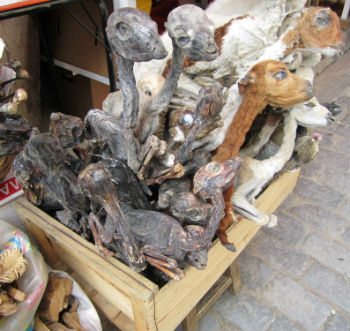
Through prayer and a burnt offering of llama fetuses, witches ask the Pachamama –a god that many Bolivians call Mother Earth– to bring health, happiness, and especially prosperity. Most Bolivian families have a dried llama fetus thrown under the foundations of their house for luck.

There's a limestone cliff with over 5,000 dinosaur footprints in Bolivia, with many dating back 68 million years.
♦ SOURCE
♺ SHARE
Cal Orcko, located 3 miles south of downtown Sucre in Bolivia, is home to the world's largest and most diverse collection of dinosaur footprints from the Cretaceous Period.
One of Bolivia's oldest silver mines has claimed the lives of an estimated 8 million people in the past 500 years. It is known as the "Mountain that eats men" and is still mined with pick and shovel today.
♦ SOURCE
♺ SHARE
Cerro Rico, a mountain in the Andes near the Bolivian city of Potosí, provided vast quantities of silver for Spain during the period of the New World Spanish Empire.
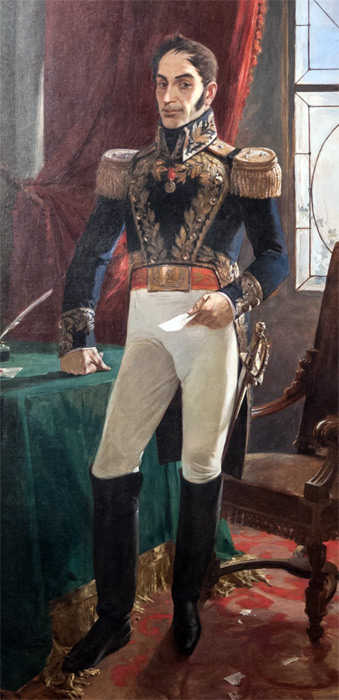
Bolivia was named after Simon Bolivar, a military leader who led Colombia, Venezuela, Ecuador, Peru, Panama and Bolivia to independence.
♦ SOURCE
♺ SHARE
Bolívar aimed at a strong and united Spanish America able to cope not only with the threats emanating from Spain and the European Holy Alliance but also with the emerging power of the United States. At the peak of his power, Bolívar ruled over a vast territory from the Argentine border to the Caribbean Sea.

More than 60% of Bolivia's citizens are indigenous, predominantly Quechua and Aymara.
♦ SOURCE
♺ SHARE
Bolivia is a multiethnic society with the largest population of indigenous people in South America, about 60% of its 8.5 million citizens.
"Tinku" is a festival in Bolivia where people beat each other for 2 or 3 days straight.
♦ SOURCE
♺ SHARE
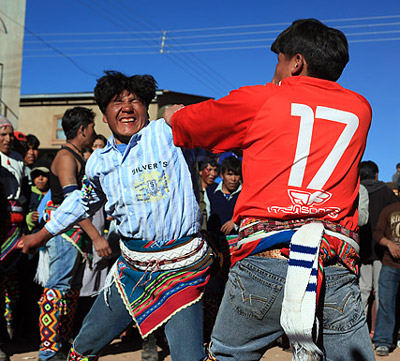
It's a Bolivian Aymara tradition where men and women from different communities will meet and begin the festivities by dancing. The women will then form circles and begin chanting while the men proceed to fight each other.
Bolivia was not a landlocked country. Its territory on the Pacific Ocean was lost to Chile after the War of the Pacific in the mid 19th century.
♦ SOURCE
♺ SHARE
The war between Chile and a Bolivian–Peruvian alliance lasted from 1879 to 1884, ending with victory for Chile, which gained a significant amount of resource-rich territory from Peru and Bolivia.
Landlocked Bolivia maintains a
standing navy, in preparation
for the day it reconquers coastline
lost to Chile in the 19th Century.
♦ SOURCE
♺ SHARE
The Bolivian Navy takes part in many parades and government functions, but none more so than the Día Del Mar (Day of the Sea) in which Bolivia, every year, re-vindicates its claim for an unspecified sovereign access to the sea. As of 2008, the Bolivian Navy had approximately 5,000 personnel.

60% of the Amazon rainforest is in Brazil, but it's also in Peru (13%), Colombia (10%), Venezuela, Ecuador, Bolivia, Guyana, Suriname and French Guiana.
♦ SOURCE
♺ SHARE
The Bolivian Amazon constitutes 43% of the national territory, if we take into account the ecological criterion or biome, which is equal to the coverage of the forest; it covers the departments of Pando, Beni, Cochabamba, Santa Cruz and La Paz, in a total of 88 municipalities.
Bolivia has had as much coups and revolutions in its history (above 190) as years it has been independent for.
♦ SOURCE
♺ SHARE
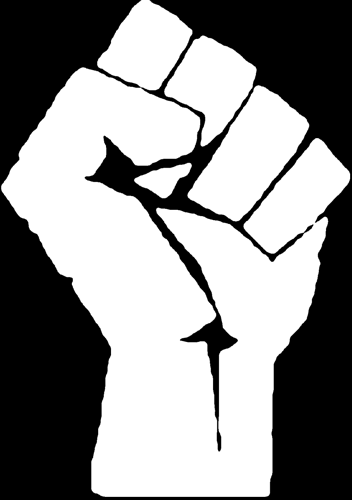
Bolivia has had more than 190 revolutions and coups since it became independent in 1825.

The South American revolutionary Simon Bolivar was, at various times, president of Bolivia, Colombia, Ecuador, Peru and Venezuela.
♦ SOURCE
♺ SHARE
He was simultaneously president of Gran Colombia (present-day Venezuela, Colombia, Panama and Ecuador), Peru, and Bolivia, but soon after, his second-in-command, Antonio José de Sucre, was appointed president of Bolivia.
At 10,582sq km in size and about 100km across, Salar de Uyuni in Bolivia – the world's largest salt flat – is roughly the size of Jamaica.
♦ SOURCE
♺ SHARE
It contains an astounding 10 billion tons of salt and it has no more than a meter’s variation in altitude. That’s so flat that the area is routinely used by satellites to calibrate their instruments.

In Bolivia, llama droppings are used to purify water.
♦ SOURCE
♺ SHARE
As well as absorbing acid, bacteria living in the dung turns the local acidic water into alkaline water.

















